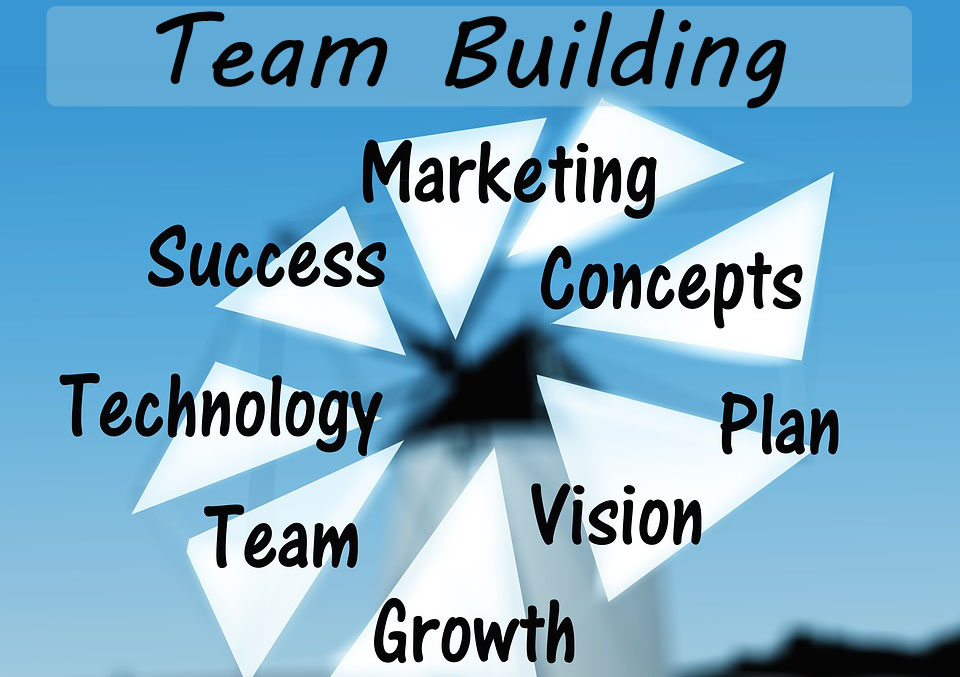Team Building

Team Building is a term used for various activities to enhance the work of people towards a common goal, objectives, and strategies. It involves activities designed to encourage work progress and boost the morale of the team for high output.
Team Building is an important aspect of business for achieving and completing business goals. An effective team is needed to surf the group in difficult stages and gain success. It is considered as an essential requisite for survival and further growth of a business concern.
Team Leader
A Team Leader or coach is needed to guide the team and smoothly running its activities in the proper direction to reach the desired goal. He performs the role of a key person where he leads a group of individuals, guides them, motivates them and ensures proper direction to them in order to reach the pre-determined goals. What are the leadership skills?
10 Things needed for a good Team building
1. Consider whether a team is the best option
When you have an objective in hand, first decide whether the goal needs a teamwork or not. It is necessary to weigh the advantages and disadvantages of team and skills needed to accomplish the task.
2. Define skill and objectives needed to reach the goal
Plan ahead about what skill and knowledge are needed to fulfill the task. A clear definition of tasks and roles in the team will result in a high level of team cohesion and commitment and low level of conflicts.
3. Consider the make-up of the team
Planning to form a team requires considering the number of people involved, their skills needed to set up a team, whether the team will be international or multicultural. As setting working relationship and different authorities is very vital to success.
4. Plan your team-building strategy
While building a team you need to care about team communication, the climate of trust, training, resources, objective, task, and roles and feedback within the team.
5. Get the team together
Make team members see themselves as a team, rather than a collection of individuals working for a task. Everybody should understand their task in making the team’s success. A team has to pass through several stages before it will start to produce their best work.
6. Explore and establish operating ground rules
There should be ground rules for decision-making and reporting, establish when and how often meetings will take place and how they will be managed. There should be honesty in communication and everybody should be free to express their opinions and fear and should be heard and considered.
7. Identify individuals’ strengths and motivations
Place the right people at the right position based on their skills and competences. There should be a common understanding of each other’s strength, this will help in integrating team members, strengthening their cohesion and improving their performance and efficiency.
8. See yourself as a team member
As a team leader, the leader should consider himself as a part of the team rather than just their boss. He should maintain fairness in his approach towards the members of the team and make them understand their importance as a member of the team. Be a good role model by effectively communicating with all members, and add flexibility in working relationships.
9. Time meetings with care
Meet regularly with team members to check if they are comfortable with their roles and whats their progress towards the goal.
10. Check progress towards objectives and dissolve the team when needed
The focus should be clear about the objective to be achieved and as a team, share the success and failures too, to help to develop a sense of shared purpose and improve performance in the long run. When the team has accomplished the task, make sure every member is acknowledged for their contribution and if all objects of the team have been met than the team can be dissolved.






